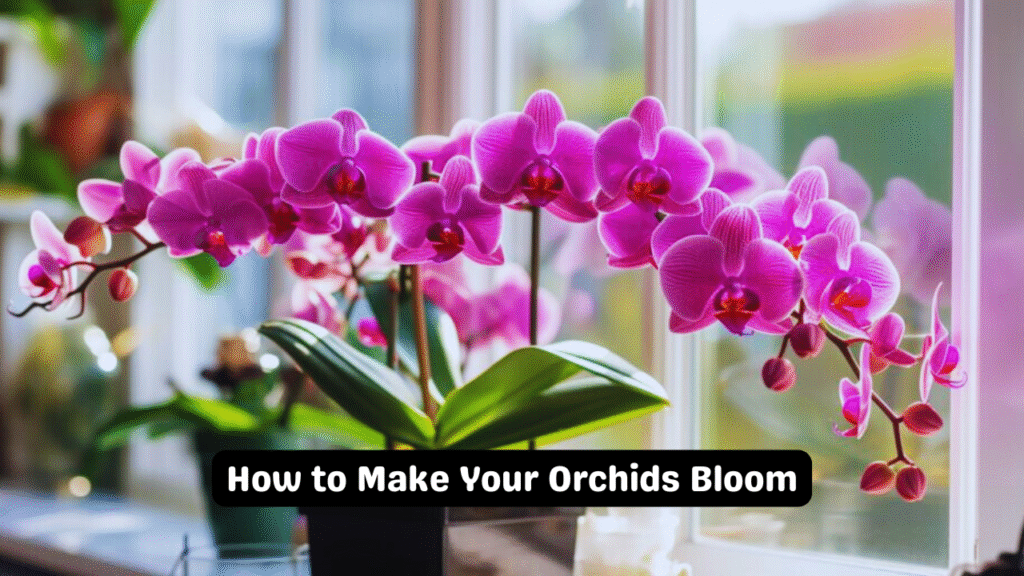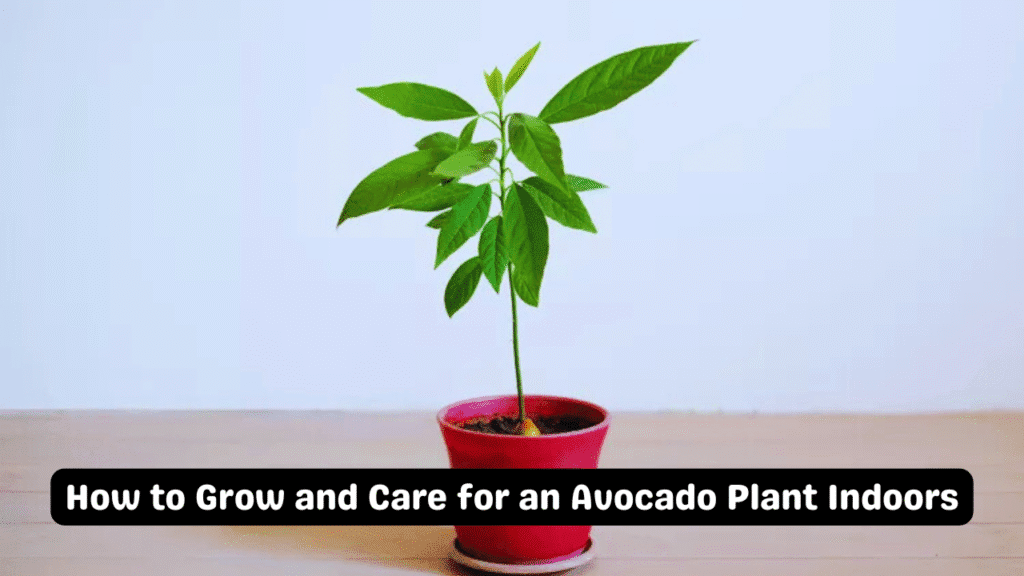Orchids are exotic, elegant, and often misunderstood. These stunning flowers can brighten up any space with their delicate beauty—but getting them to bloom consistently can feel like a mystery. The good news? With the right care, your orchid can bloom not just once, but again and again for years.
1. Pick the Right Orchid to Start With
Not all orchids are equal when it comes to care. If you’re new to the orchid game, start with Phalaenopsis orchids (aka moth orchids). They’re the most beginner-friendly and are known for their long-lasting blooms and manageable care needs.
2. Light and Environment Are Everything
Orchids love bright, indirect light—too much sun scorches them, and too little halts blooming. Place them near an east-facing window or a filtered south-facing spot. They also prefer warmth and humidity, so consider placing them in a humid room (like a bathroom) or using a humidity tray or humidifier if you live in a dry climate.
3. Water Wisely—Don’t Overdo It
Overwatering is the top killer of orchids. Instead of a strict watering schedule, soak the roots once a week for about 10–15 minutes, then let the pot drain completely. Never let orchids sit in soggy soil—roots need air as much as water.
4. Feed to Bloom
Orchids are light feeders but still need nutrients to flower. Use a balanced orchid fertilizer (like 20-20-20) once or twice a month during the growing season. Look for a blend with a little extra phosphorus to encourage flowering (higher middle number on the label).
5. Repot When Needed
Every 1–2 years, your orchid’s potting mix breaks down and compacts, suffocating roots. Repot using a special orchid mix (usually bark-based) and choose a pot just slightly larger than the current one. Repotting also allows you to inspect the roots and remove any dead ones.
6. Encourage Reblooming with a Cool Spell
Want to trigger fresh blooms? Move your orchid to a cooler location (around 55–60°F or 13–16°C) for a few weeks. This mimics natural seasonal changes and encourages flower spikes to form.
7. Prune & Clean Up
Once a flower spike turns brown, trim it back to just above a node or remove it completely. Pruning dead leaves and spent blooms redirects energy into new growth and flowers.
8. Watch for Pests & Disease
Keep an eye out for whiteflies, mealybugs, and scale insects. If pests appear, act fast with neem oil or insecticidal soap. Good airflow and proper watering help prevent common fungal issues.
Common Orchid Care Mistakes to Avoid
- Overwatering: Leads to root rot. Always drain well.
- Underwatering: Causes shriveled leaves and stalled growth.
- Wrong potting mix: Use only orchid-specific medium for airflow.
- Skipping fertilizer: No food = no blooms.
- Ignoring repotting: Crowded, decayed roots hinder blooming.
Final Thoughts

Getting orchids to rebloom isn’t a guessing game—it’s about creating the right conditions. With patience and consistency, your orchid can reward you with breathtaking blooms again and again. Stick with these tips, and you’ll enjoy the magic of orchids for years to come.
Got questions or orchid success stories? Drop them in the comments—let’s grow together!




